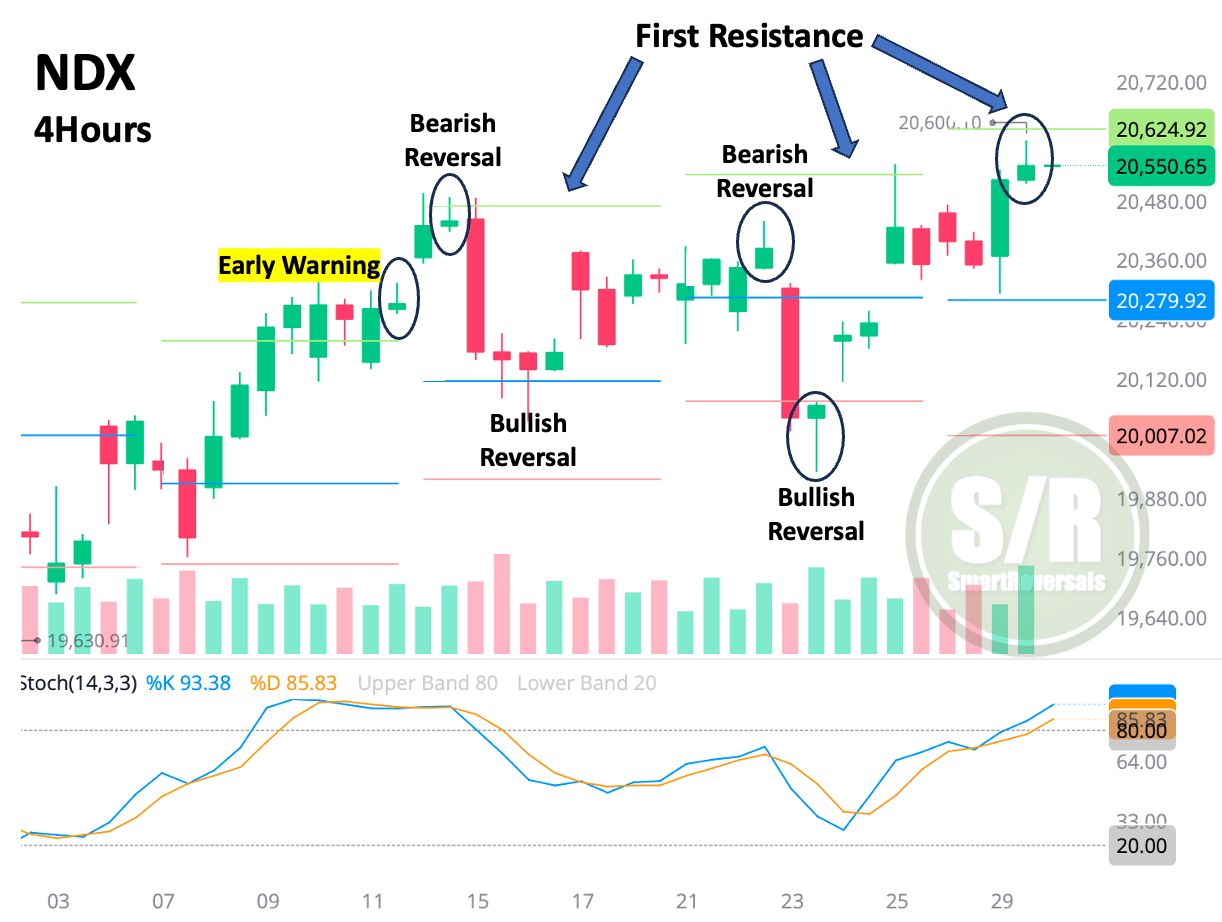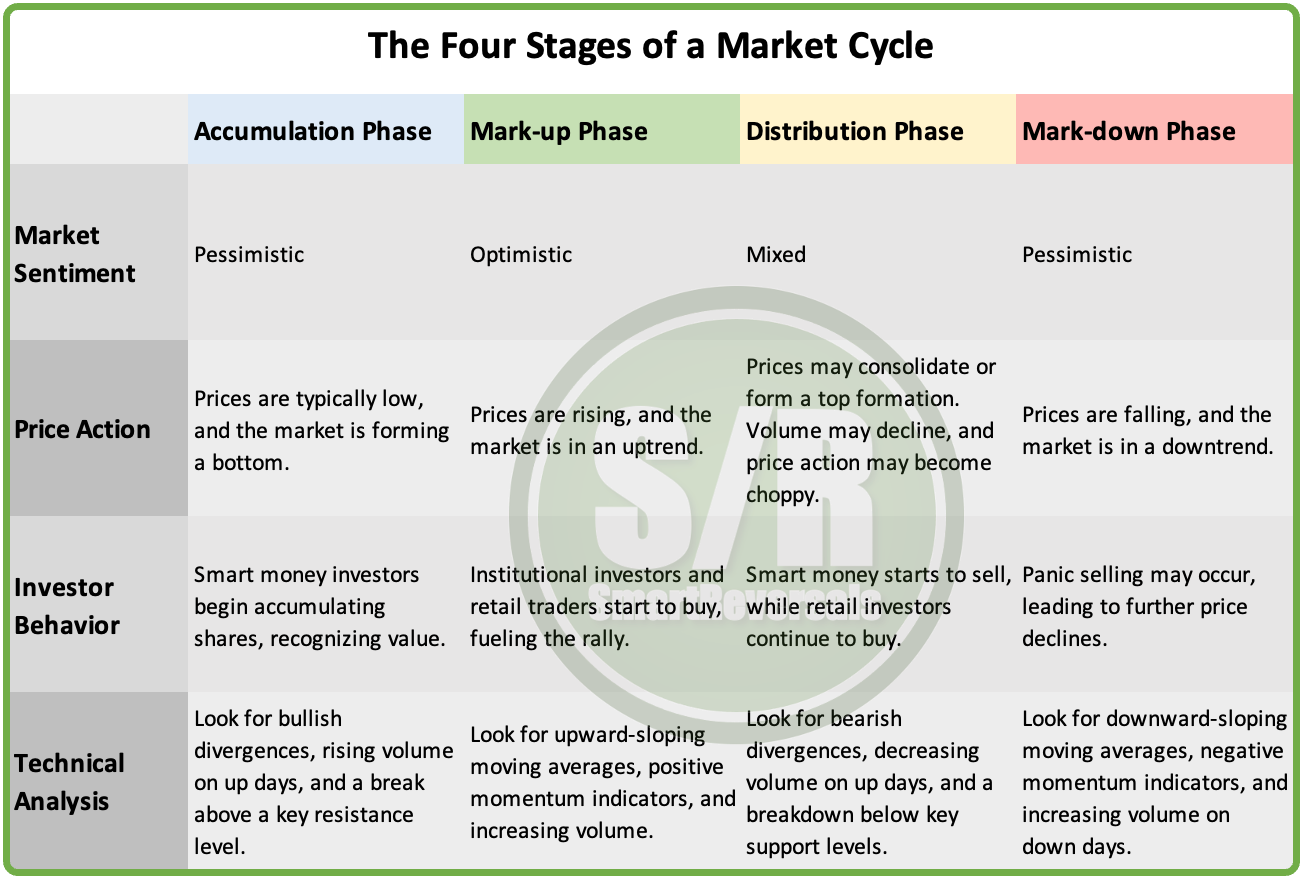Fundamental Analysis: PYPL - SQ - FI
Four Stages of a Market Cycle - Decoding this Trading Approach
The educational content Level Up Your Trading is completing a robust library of technical, fundamental and macroeconomic indicators, there are more than 30 that have been presented with fresh examples applied to the U.S. Indexes, Cryptocurrency, Stocks, and ETFs.
Price Action, Breadth indicators, and Rate Cuts; are series of 4 or 3 installments each, delving deeper into each topic. Today we will start a study of Trading with Market Stages, later on this year we will study Elliott Wave, completing the year with a library that by itself justify the subscription. My interest is to generate content that last for the longest, making sure it help you to Level Up Your Trading.
Brief note about the market:
The market closed today in the red, there was weak price action despite yesterday’s green candle, is that a surprise? no, there were clues for a reversal today and two charts were posted yesterday in the Chat, one of them was the following:
The decline is not a surprise, the two charts had an extensive explanation, make sure you have access to the chat using the app. Remember that Substack is a global platform where thousands of writers upload their content, this is an app devised by a global platform, and the subscription payments are safe for both subscribers and authors. Google “Substack” and you will find out.
The Four Stages of a Market Cycle
The theory of trading based on stages, often referred to as market cycle analysis, involves identifying and capitalizing on different phases of a market's movement. This approach helps traders and investors make informed decisions by understanding the underlying dynamics of a market.
A typical stock market cycle includes four stages: accumulation, markup, distribution, and markdown. Let's delve into each stage with this table:
This first installment will combine technical elements of this trading approach with two stocks that were sweethearts before the latest bear market (PYPL and SQ), let’s study their fundamentals including charts that allow us to understand the stages. Are they in a declining industry? to answer that question a third company that is a direct competitor is included (FI).
PayPal is a dominant player in the digital payments landscape, connecting over 400 million consumers and businesses across more than 200 countries. The platform enables seamless and secure transactions through websites, mobile devices, and applications. With widespread acceptance by a majority of leading online retailers, PayPal offers a convenient and trusted payment solution for users worldwide. PayPal is widely accepted by over 75% of the top 100 internet retailers.
Overall Context:






